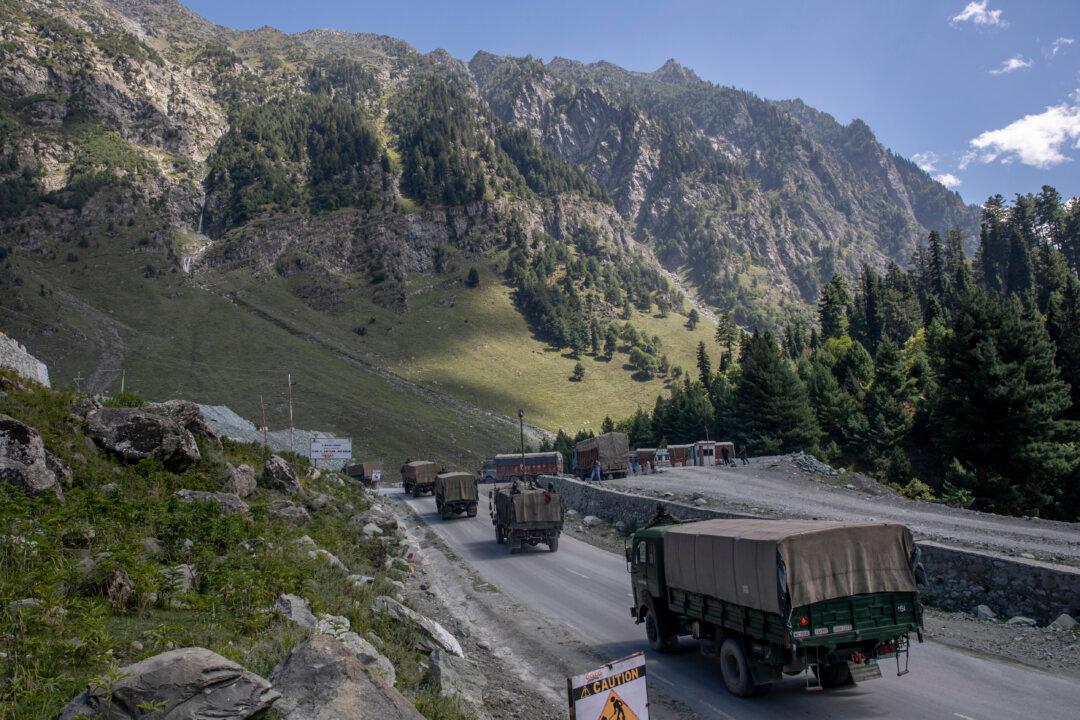Commentary
On Oct. 23, China’s top decision-making body voted to adopt a new law on the protection and exploitation of the country’s land border areas.

On Oct. 23, China’s top decision-making body voted to adopt a new law on the protection and exploitation of the country’s land border areas.